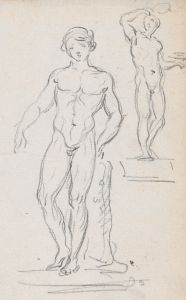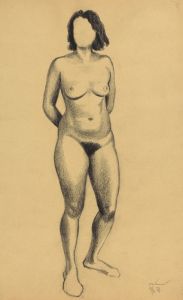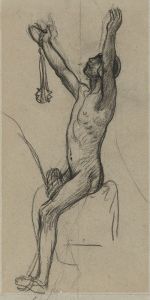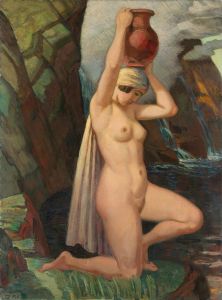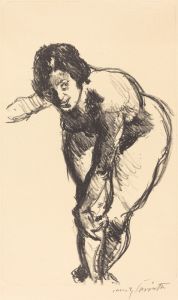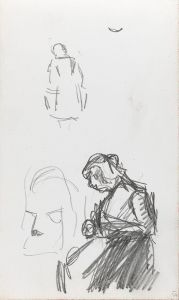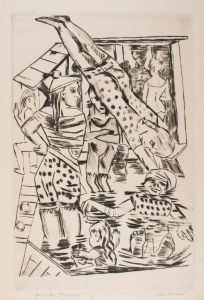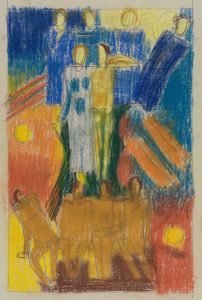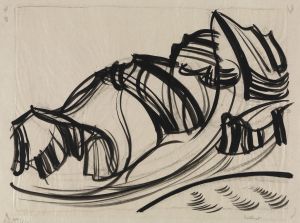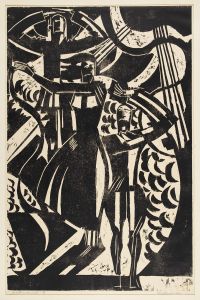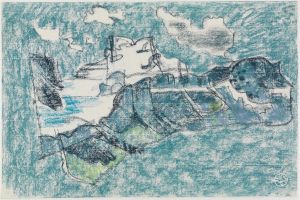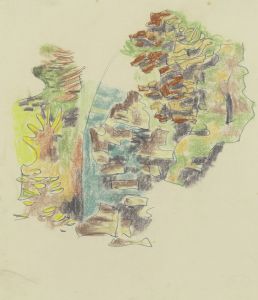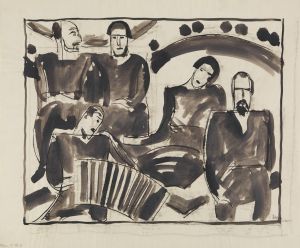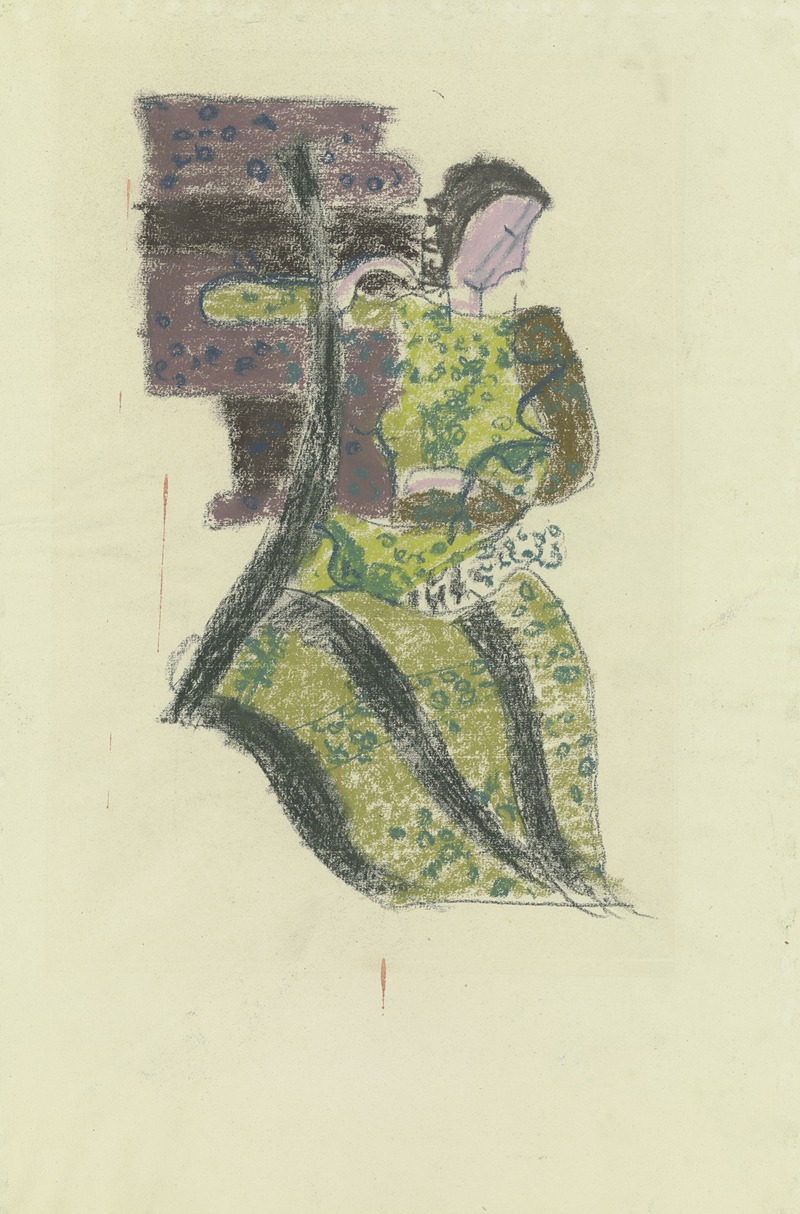
Weibliche Figur nach rechts
A hand-painted replica of August Babberger’s masterpiece Weibliche Figur nach rechts, meticulously crafted by professional artists to capture the true essence of the original. Each piece is created with museum-quality canvas and rare mineral pigments, carefully painted by experienced artists with delicate brushstrokes and rich, layered colors to perfectly recreate the texture of the original artwork. Unlike machine-printed reproductions, this hand-painted version brings the painting to life, infused with the artist’s emotions and skill in every stroke. Whether for personal collection or home decoration, it instantly elevates the artistic atmosphere of any space.
August Babberger was a German painter and graphic artist known for his contributions to Expressionism, a movement that sought to convey emotional experience rather than physical reality. One of his notable works is "Weibliche Figur nach rechts," which translates to "Female Figure Facing Right." This painting exemplifies Babberger's distinctive style, characterized by bold lines and a vivid color palette.
Born in 1885 in Hausen im Wiesental, Germany, Babberger was deeply influenced by the socio-political upheavals of his time, including the two World Wars. His works often reflect a deep emotional intensity and a focus on the human condition, which are hallmarks of the Expressionist movement. Babberger studied at the Academy of Fine Arts in Karlsruhe and later at the Academy of Fine Arts in Munich, where he was exposed to various artistic styles and movements that shaped his unique approach to painting.
"Weibliche Figur nach rechts" is a testament to Babberger's skill in capturing the essence of his subjects through expressive forms and dynamic compositions. The painting features a female figure, rendered with a sense of movement and vitality. The use of color and form in this work is indicative of Babberger's ability to convey emotion and character with minimalistic yet powerful strokes.
Throughout his career, Babberger was associated with several art groups and movements that promoted modern art in Germany. He was a member of the "Badische Secession," an association of artists who were instrumental in advancing modern art in the region. His works were exhibited in various galleries and exhibitions, gaining recognition for their emotional depth and innovative style.
In addition to his painting, Babberger was also a respected art educator. He taught at the Kunstgewerbeschule in Karlsruhe and later at the State Academy of Fine Arts in Stuttgart. His influence as a teacher helped shape a new generation of artists who carried forward the principles of Expressionism and modern art.
Babberger's contributions to art were not limited to his paintings. He was also involved in graphic art, creating woodcuts and lithographs that further showcased his ability to convey powerful emotions through visual media. His works often explored themes of human struggle, spirituality, and the search for meaning in a rapidly changing world.
Despite the challenges of his time, including the rise of the Nazi regime and the subsequent impact on the art community in Germany, Babberger remained committed to his artistic vision. His works continue to be celebrated for their emotional intensity and their ability to capture the complexities of the human experience.
"Weibliche Figur nach rechts" remains an important piece within Babberger's oeuvre, reflecting his mastery of form and color, as well as his deep engagement with the themes of his era. Today, his works are held in various collections and continue to be studied and appreciated for their contribution to the Expressionist movement and modern art as a whole.





